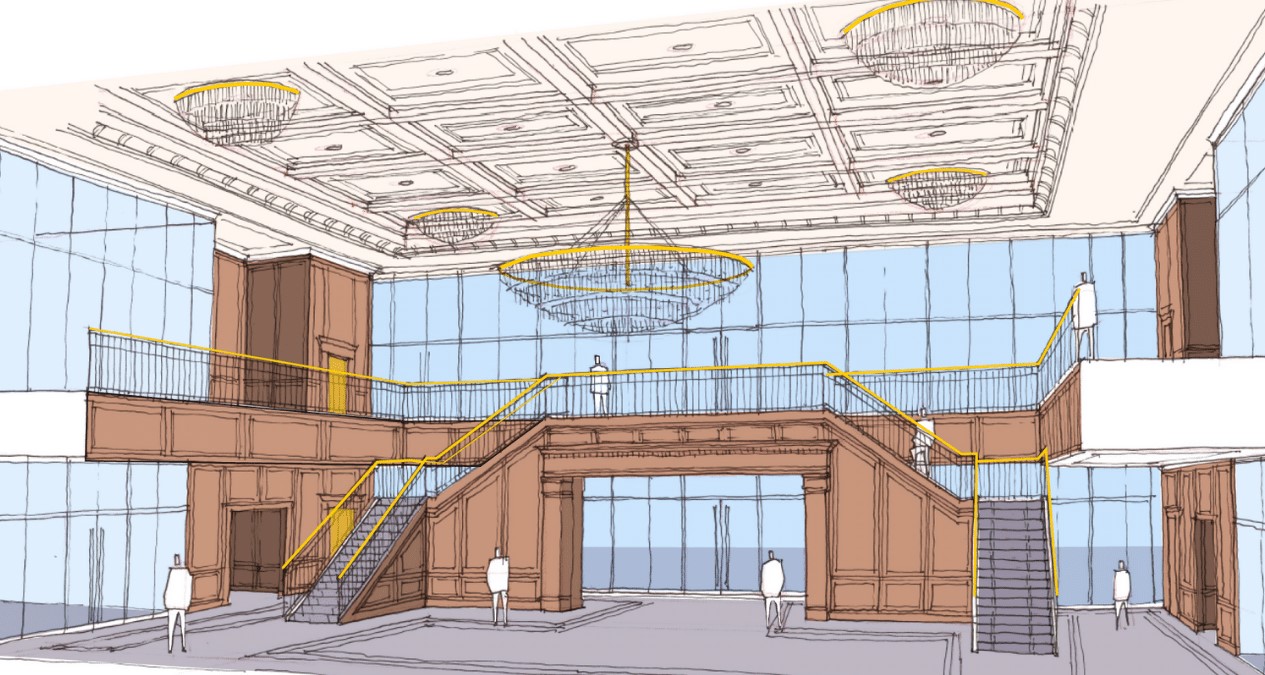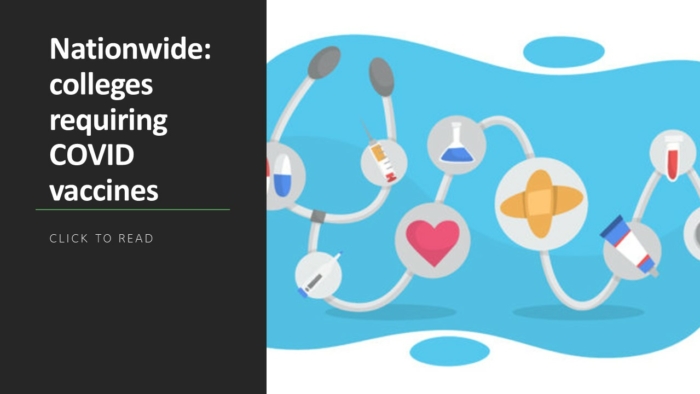“We believe in the art of the possible. There is no such thing as unrealistic dreams but only unrealistic timelines. While that may not be literal, it is certainly aspirational.” – Dr. Nido Qubein, High Point University President

Every day for an hour, Dr. Nido Qubein walks his university’s campus with the vice president of facilities to spot items that need improving or “ideas that need to be created.” For most who take a scroll across the pristine grounds, they’d be hard-pressed to find fault in anything the university has built under his watch over the past 15 years.
High Point, in fact, has spent about $500 million of a $1 billion, 10-year plan on various projects – a STEM corridor for its Schools of Pharmacy, Health Sciences and Undergraduate Studies, a botanical conservatory, a state-of-the-art planetarium and a jaw-dropping $170 million arena and conference center plus Kahn Hotel, replete with twin curved staircases in its lobby. Red brick buildings with Greek-inspired columns, manicured lawns and paver walkways fuse to form an awe-inspiring architectural masterpiece. Surely, nothing could be missing, right?
The university’s president says one older building has given him pause for a while.
“We have been saying for a number of years that we needed a state-of-the-art library and a library that meets all the needs of today’s student,” Qubein said. “We’re not looking at a library that is strictly for housing a bunch of books. We’re looking at a library that would be all-encompassing for learning. That means accessing knowledge in hardcover and through the phenomenally vast capacity of the internet. It has to be resourceful and expedient. And it’s a place where you have to allow students to have environments for study.”
So, Qubein and his team set out to create one at High Point. Not just any library. But one that could be the centerpiece of campus – a four-story, $80 million stately structure that housed traditional and modern-day library offerings. And also, its Admissions Center.
The concept of fusing together those elements is part of a plan to maintain its rock-solid enrollment and showcase its commitment to academic success. It is slated to be finished in 2024, which will be High Point’s 100th anniversary.
The grand library
US News and World Report has again ranked High Point University as both the No. 1 Best Regional College in the South and the most innovative in the category. Behind a breadth of academic offerings – led by business, marketing and communications – and an array of updated facilities, it’s easy to understand why. The notion of placing the admissions center inside a newly constructed library certainly is creative and not without a great deal of forethought.
When prospective students arrive on campus three years from now, they will be greeted by admissions staff at its Student Center. They will then be taken on a tour of campus, which will finish on the first floor of the library, where they will head into breakout rooms to have further conversations with university staff.
“So, they will get to see the main floor of the library and go into a private room and have a cup of coffee and meet with admissions counselor,” Qubein says. “That’s a unique concept. I don’t know of anybody doing anything like that.”
Admissions offices are set to be on the fourth floor, while the rest of the 160,000 square foot library will contain stacks of textbooks, digital databases and quiet spaces for students to study. In addition, there will be five to six conference rooms for groups to meet, a couple of classrooms and a 40-seat movie theater that also will serve as meeting space.
And for the extra element of opulence and history: Galleries with artifacts and the university’s ever-expanding collection of artwork.
“It will be modern, architecturally elegant,” Qubein says. “It’ll be a pretty sophisticated building. And it will be about 3 1/2 times the size of our current library.”
What’s there now
The current building – the Smith Library – houses most of the university’s texts now along with a small but open reading nook. There is another space called the Martha Luck Comer Learning Commons in its residential Wanek Center that serves as more of a quieter environment, with young adult and popular fiction titles and large study areas. There is also a juvenile collection of books in the School of Education Curriculum Center.
The new library will be markedly different, promising to build on High Point’s quest to arm “students the skills that allow them to succeed in a globally competitive marketplace,” according to Qubein. “The library will be an all-encompassing center for learning, dialogue and research. It has to appeal to freshmen and to doctoral candidates.”
To gain more study space than the current Smith Library, High Point is including about 120 glass-faced rooms in the new facility. Students will be able to reserve those rooms on their own or with two or three people to work on collaborative projects. This is not a new idea, but one borrowed from other parts of campus where it has been successful.
“Every day we ask ourselves, how can we do this better? What are we doing right?” Qubein says.
One thing High Point has done right is keep numbers steady even during the pandemic. Enrollment in fact climbed 5.4% last fall as others across the country remained flat or were declining. And enrollment trends have remained steady for a number of years. So, the challenge for admissions as part of this new mission and new setup within the library, will be to broaden and strengthen its selection of candidates coming in, including first-generation students.
“We’re adding nursing. We’re adding a doctor of medical sciences. We’re not trying to grow in numbers of students, but we are constantly focused on enhancing the quality of education,” Qubein says.
And always looking to improve on campus, whether that be in the classroom or outside of it.
“Yesterday was a wonderful place to visit and today is a great day to celebrate, but we have to be focused on the future,” Qubein says. “For our own growth, the last thing we want to do at High Point is try to imitate another school. We want to be inventive.”










